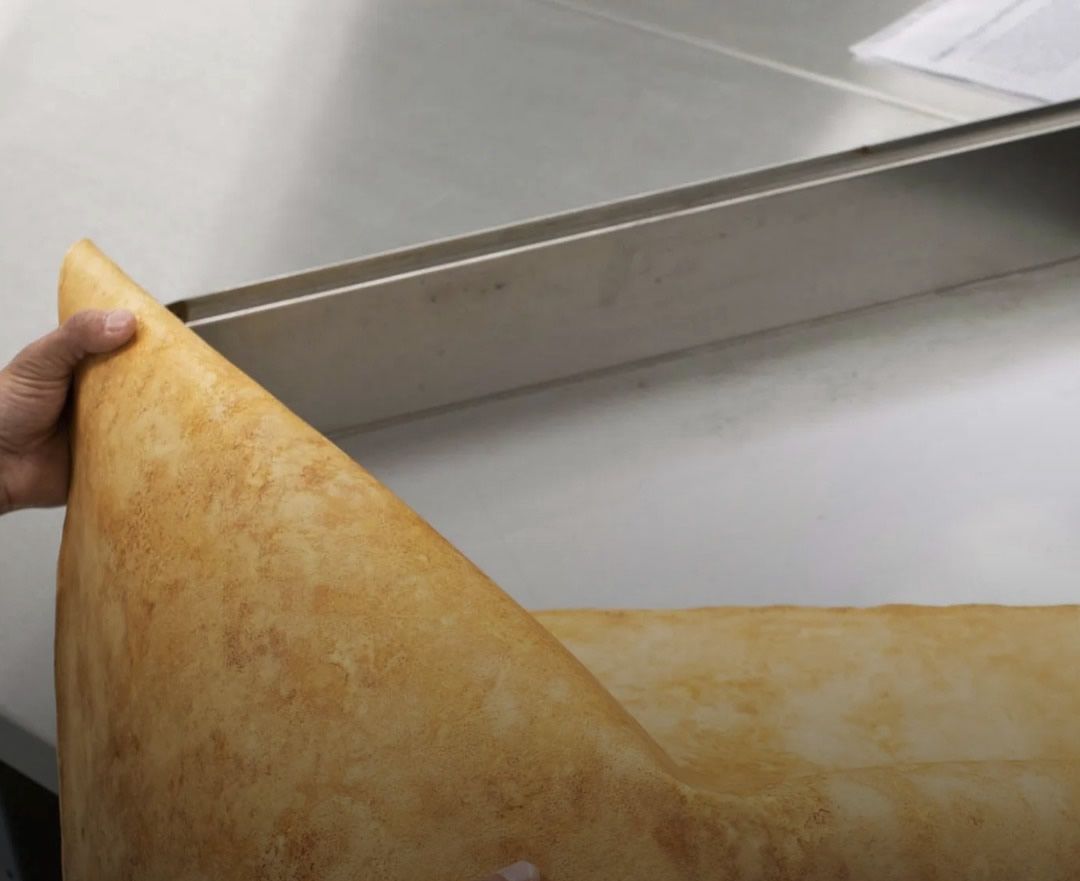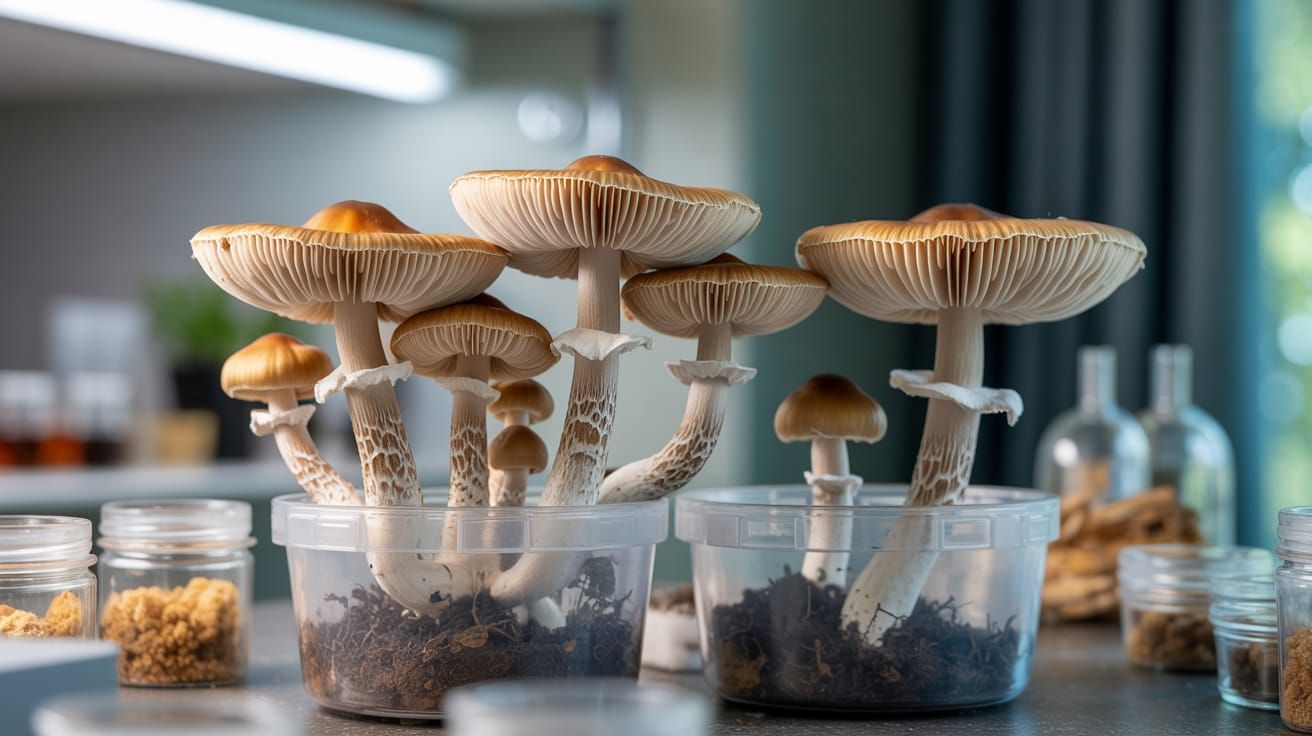Save the rainforest by growing mushrooms
Save the rainforest by growing mushrooms
AKHON RATCHASIMA, Thailand – Mushrooms are working their magic in one of Thailand’s largest national parks. Not the kind of magic sought after by some backpackers on their psychedelic beach trips; rather, one that lures poachers and illegal loggers to abandon the forests for mushroom barns, thus promoting nature conservation when law enforcement and penalties alone don’t work.
One successful convert is Wanchai Noinart.
Having little education and few job skills, Wanchai used to roam the lush jungles of Thailand’s Khao Yai National Park, logging and poaching in response to the ever increasing demand for wildlife and wood. "It was my only choice then," said 34-year-old Wanchai. "The economy was very bad and I couldn’t find any other job." And it was a convenient and lucrative business, he said.
His village borders Khao Yai National Park, a World Heritage site about 120 miles from Bangkok that spans almost 400 square miles and is a habitat to hundreds of animal species, including endangered tigers, Asian elephants, gibbons (small apes), deer, and wild boars. But while parks like Khao Yai offer natural lovers a rare treat, they also offer a rich supply of illegal wildlife products to meet the growing demand from within Thailand and the rest of Southeast Asia.
Animals, dead or alive, as well as animal parts, such as bear paws or wild boar meat, are deemed a culinary treat and can fetch high prices at local and international markets. Wild animals are also used in traditional Asian medicine and offered as aphrodisiacs. Illegal logging of scented rosewoods, used for furniture, is also highly profitable. Due to its illicit nature, it is hard to know their exact numbers, but conservationists and park officials estimate that about 100 poachers sneak into the park every day.
From January to March this year alone, more than 5,600 live animals and 61,500 dead animals were recovered, worth about $4.5 million on the black market, according to ASEAN-Wildlife Enforcement Network. Wanchai said he could earn up to $300 a week from logging and poaching, the equivalent of one month’s salary for an entry-level government official here. Still, he knew he could not make a living like that forever. "I was always cautious, always in constant fear of getting caught by park rangers," said Wanchai. "I was worried about my wife and kids if I were to be arrested." Mushrooms offer safer living That was until last year when Wanchai heard of a fungi farming project, an initiative launched by Thailand’s Freeland Foundation, a non-profit organization committed to fighting illegal poaching and logging.
"I think nobody wants to risk [their lives] poaching and logging in the forests," said Mukda Thongnaitham of Freeland. "They just don’t know what else to do. The mushroom farming project gives them an alternative livelihood – a solution to earn money without breaking the law." Mushrooms were chosen, after several discussions and surveys with villagers, because the crop yields almost perennially and is highly marketable thanks to the high demand for Thai cuisine and the boom in organic vegetables.
In addition, growing mushrooms isn’t too complicated for villagers who don’t have a college diploma or a plot of land. Most of the farmers set up a small nursery barn at home or at the project center. However, when Freeland first started the mushroom program only two families signed up. "It was very challenging at first. The villagers thought we would conspire with park rangers and put them in jail," Mukda said. But just a little over a year since it started, the project is gaining steady success. Several families have joined and are finding that mushroom farming is a way to generate steady income – enough to make poachers leave the forests for good. From hunting to guiding Khao Yai National Park also initiated several other projects, including the "trek like real hunters" program that trains poachers and loggers to become jungle tour guides.
"At first they weren’t interested. They didn’t see the benefits of it and some of them still bore grudges about getting arrested by park rangers," said Narongsak Namtapee, the park’s deputy chief. But the program has been giving the new guides steady incomes. The number of nature lovers who buy the tour packages has risen from zero to about 20,000 per year in the last few years. Despite their best efforts to lure poachers and loggers away from their illicit trade with a steady paycheck, Narongsak said park rangers still patrol every day and arrest loggers on a weekly basis. Sometimes park rangers are outnumbered, or outsmarted, by poachers playing hide and seek. That’s where the ex-poachers can contribute tremendous intelligence resources to park rangers.
"Our rangers move and transfer all the time, while villagers and community stay put. The bottom line is if the community and the park can coexist, both will survive." As for Wanchai, he and his wife wake up before dawn to collect newly sprung mushrooms in his barn and even have time to labor in cornfields during the harvest season. "I feel so relieved that I don’t have to run away from park rangers anymore," he said with a grin. "I can make a living at home. It’s safe. Lives are saved."
Original article from











